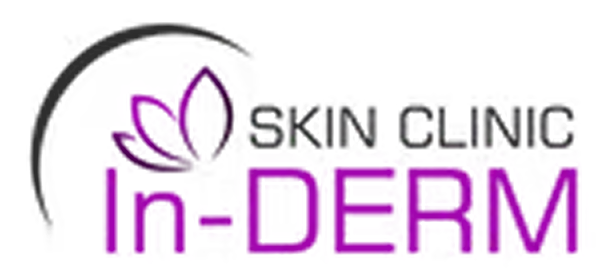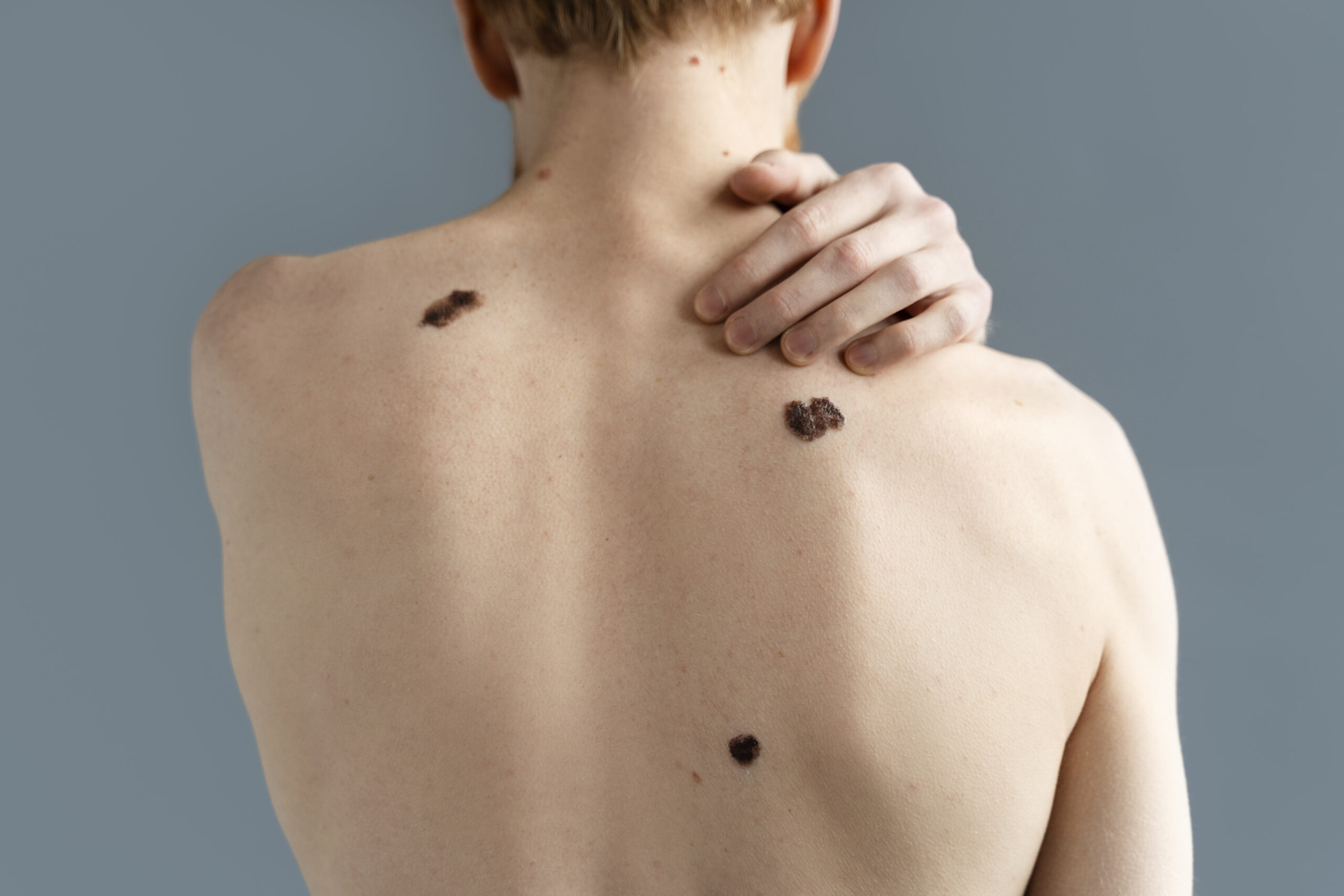When a skin tag appears, many people search for the best way to remove skin tags quickly, safely, and with minimal scarring. Skin tags are benign growths harmless medically but often bothersome cosmetically or physically. At In‑DERM Skin Clinic in Chiswick, we believe in professional, well‑informed treatment choices to get good results and reduce risks.
In this article, we’ll review top methods used by dermatologists, their pros and cons, what to expect during treatment, and how to choose what’s right for you.
What Are Skin Tags?
Skin tags (acrochordons) are soft, small growths that hang off the skin via a tiny stalk. They often show up in areas of friction: underarms, neck folds, eyelids, groin, body folds. While they are benign, they can catch on clothing or jewelry, rub, or cause irritation. Many people want them removed simply for comfort or appearance.
Professional Methods: What Is the Best Way to Remove Skin Tags?
There is no universal “best for everyone” method, but depending on size, location, number of tags, skin type, and personal preference, certain treatments are more suitable. Below are the professional methods widely used.
- Electrocautery / Electrodesiccation
This method involves using a fine probe or needle that delivers a low-level electric current to precisely cauterise the base of the skin tag. The heat destroys the tissue, causing the tag to dry out and naturally fall off over time.
- Cryotherapy
A rapid-freezing technique where liquid nitrogen or a specialised cryo device is applied directly to the skin tag. The extreme cold destroys the tissue, and the tag typically drops off within days.
- Snipping / Excision
This is a quick procedure where the skin tag is carefully removed using sterile surgical scissors or a scalpel. Local anaesthetic may be used, especially for larger tags or those in sensitive areas, to minimise discomfort.
- Ligation
A small thread or medical-grade ligature is tightly tied around the base of the skin tag to cut off its blood supply. Without circulation, the tag shrivels and eventually falls off within a few days.
- Laser Therapy
Advanced laser technology either ablative or non-ablative is used to precisely vaporise or cut away the skin tag. This technique is minimally invasive, with excellent cosmetic results and minimal scarring.
Factors That Influence Which Method Is Best
To decide the best way to remove skin tags for you, consider:
- Size and Number of Tags
Large tags or many tags could make procedures like snipping or electrolysis more appropriate. - Location
Tags on eyelids or face require extra care; some methods are more suitable than others in sensitive zones. - Skin Tone / Colour
Some treatments (e.g., cryotherapy, lasers) carry higher risk of pigment changes in darker skin tones. - Pain Tolerance
Some people prefer more comfortable methods, even if slower, whereas others prefer a more immediate solution. - Healing Time / Aftercare
Some methods require more aftercare, risk of scabbing, redness, or downtime. Matching your capacity to manage aftercare helps with outcome. - Cost & Availability
Professional clinic removal tends to cost more than home remedies or over‑the‑counter tools, but tends to provide safer and more reliable results.
What Happens During Treatment at In‑DERM, Chiswick
Here is what you might expect when choosing to have skin tags removed at our clinic:
- Consultation and Assessment: We check the growth to confirm it’s a skin tag, assess size, location, skin type.
- Method Choice: Electrocautery, snip excision, or other ideal method chosen depending on conditions.
- Anaesthetic / Numbing (if needed): For sensitive areas or larger tags, topical or local anaesthetic may be used.
- Removal: The procedure is quick—fifteen to forty‑five minutes depending on number & size.
- Aftercare Advice: We provide guidance on keeping area clean, avoiding friction, caring until healed.
- Follow‑up (if needed): For larger tags or multiple tags, a follow‑up may help ensure full removal or check healing.
What Is Truly the Best Way?
From the clinical literature and experience:
- Snip excision often shows best healing outcomes, minimal discomfort, quick resolution.
- Electrocautery is excellent when you need precision, minimal bleeding, same day removal.
- Cryotherapy is effective for small tags and though easy, more ideal in some locations than others.
- Laser methods are useful in some cases, but aren’t always superior to traditional excision for many people.
Thus, the “best way” depends on individual case; often, excision or electrocautery is recommended for balance of speed, safety, and cost.
FAQs About Skin Tag Removal
- Does removing a skin tag hurt?
The sensation varies by method and location. Local or topical anesthetic can be used, especially for electrocautery. Many patients report only mild discomfort. - Will skin tags grow back after removal?
The treated tag does not return, but new tags may appear elsewhere, especially with risk factors like friction, skin folding, obesity, hormones. - Is there scarring?
Professional removal methods aim to minimise scarring. Proper aftercare is important. Some risk of hyperpigmentation or hypopigmentation with methods like cryotherapy or laser in sensitive or darker skin. - How quickly will I heal?
Depends on method and area: small tags removed with excision may heal within a few days to a week. Cryotherapy may take longer for the treated tissue to die off and shed. Electrocautery healing generally takes a few days. - Can I remove a skin tag at home safely?
In most cases, it’s safer to have one removed by a trained professional. At‑home kits have risks: incomplete removal, infection, scarring, or misidentifying a different kind of lesion.
Conclusion
If you’re looking for the best way to remove skin tags, professional methods like electrocautery offer the most reliable and safe outcomes. At In‑DERM Skin Clinic in Chiswick, we assess your skin tags, discuss options, and perform removal using the method that best balances a fast result with minimal discomfort and good cosmetic healing.


